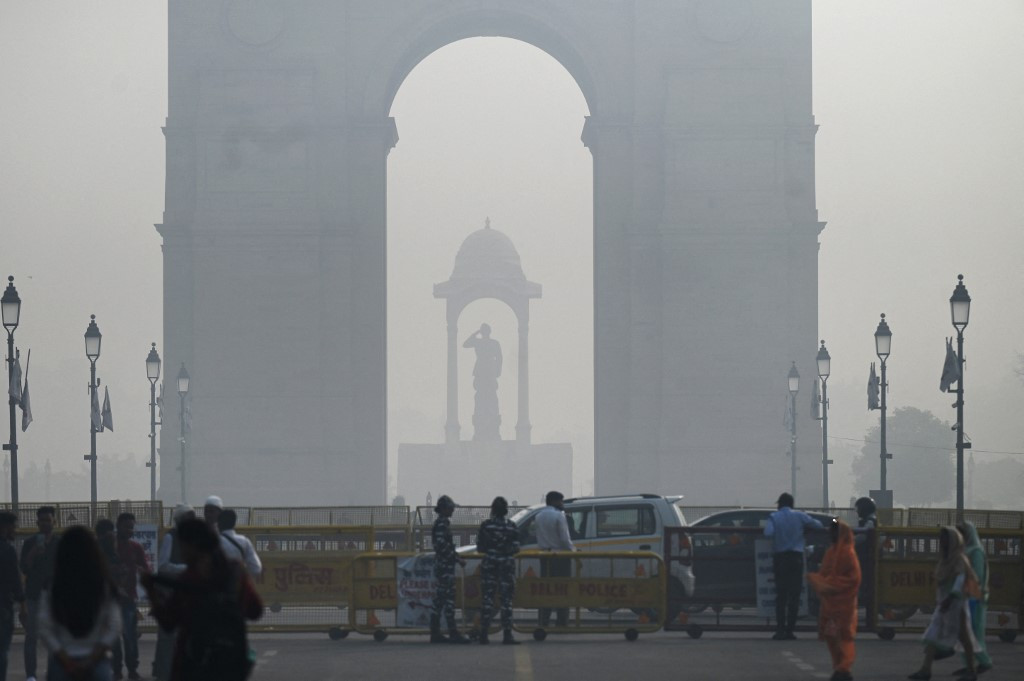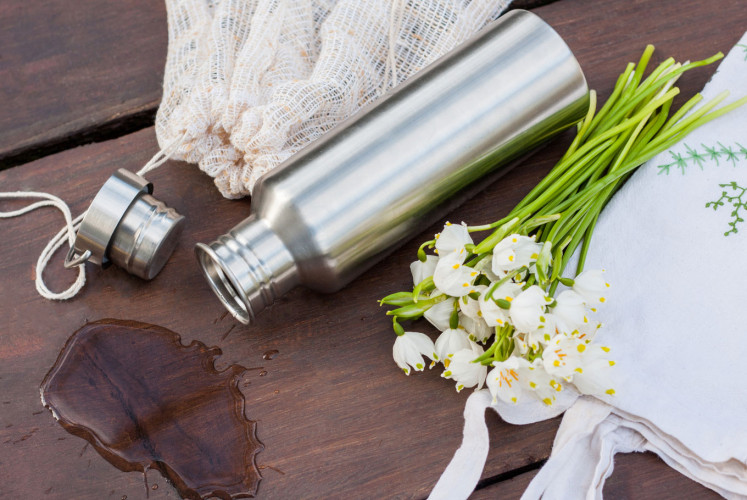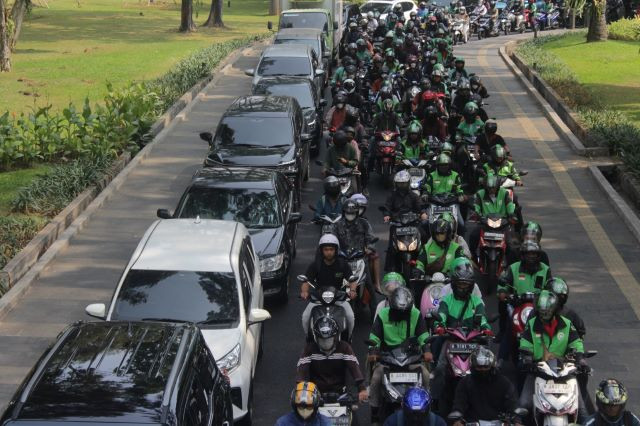Popular Reads
Top Results
Can't find what you're looking for?
View all search resultsPopular Reads
Top Results
Can't find what you're looking for?
View all search resultsIndia faces warmer February, winter crops at risk
Maximum and minimum temperatures in most parts of the country will be above-average in the month, Mrutyunjay Mohapatra, director-general of the India Meteorological Department, told a virtual news conference.
Change text size
Gift Premium Articles
to Anyone
I
ndia is set to see above-average temperatures in February after a warmer than normal January, the weather office said on Friday, posing a risk to key winter-sown crops such as wheat, rapeseed and chickpeas.
Maximum and minimum temperatures in most parts of the country will be above-average in the month, Mrutyunjay Mohapatra, director-general of the India Meteorological Department, told a virtual news conference.
The country is likely to receive below-average rainfall in February and could see fewer cold days than normal in the month, he said.
"Below normal rainfall, along with higher temperatures over the plains of northwest India, would have a significant adverse impact on standing crops like wheat at flowering and grain filling stages. Crops like mustard and chickpea may also experience early maturity," Mohapatra said.
India's Punjab, Haryana, and Uttar Pradesh states in the north, along with Madhya Pradesh in central India, form the country's top wheat-growing regions.
Winter-sown crops such as wheat, rapeseed, and chickpeas are planted from October to December and require cold weather conditions during their growth and maturity stages for optimal yields.
Reuters reported on Thursday that temperatures in February were likely to remain above average, especially in the northern states where wheat and rapeseed are grown.
In January, minimum and maximum temperatures were above average as the country received lower than normal rainfall, Mohapatra said.
Hot and unseasonably warm weather leads to lower wheat production and sharp drawdowns in state reserves. As a result, wheat prices hit a record 33,250 rupees ($384.05) per metric ton earlier this month.
Any drop in the rapeseed crop could force India, the world's biggest vegetable oil importer, to step up its cooking oil imports, dealers said.
India buys palm oil mainly from Indonesia, Malaysia and Thailand, while it imports soyoil and sunflower oil from Argentina, Brazil, Russia and Ukraine.










